![[Solved] How to improve your FPS in Elden Ring in a few clicks](https://theglobalgaming.com/assets/images/_generated/thumbnails/341609/how-to-increase-fps-elden-ring_94948129f3d674eb46f0eebb5e6b8018.jpeg)
On a deadly game like Elden Ring, dealing with FPS issues during the game's fast-paced combat can make the game unplayable. So if you have been dealing with performance issues while playing, we will show the best settings to boost your FPS in Elden Ring. Before reading the article, you must also know how to show your FPS in Elden Ring.

Method #1: Increase FPS by Optimizing the Graphics Settings in Elden Ring
On older From Software entries, players didn't even have the possibility of customizing the game's graphical settings. They would have to go to game files to change these visual options. The Elden Ring game settings are limited compared to new game releases, and it doesn't provide much information about each game setting. Here is a complete list of the best graphics settings for Elden Ring:
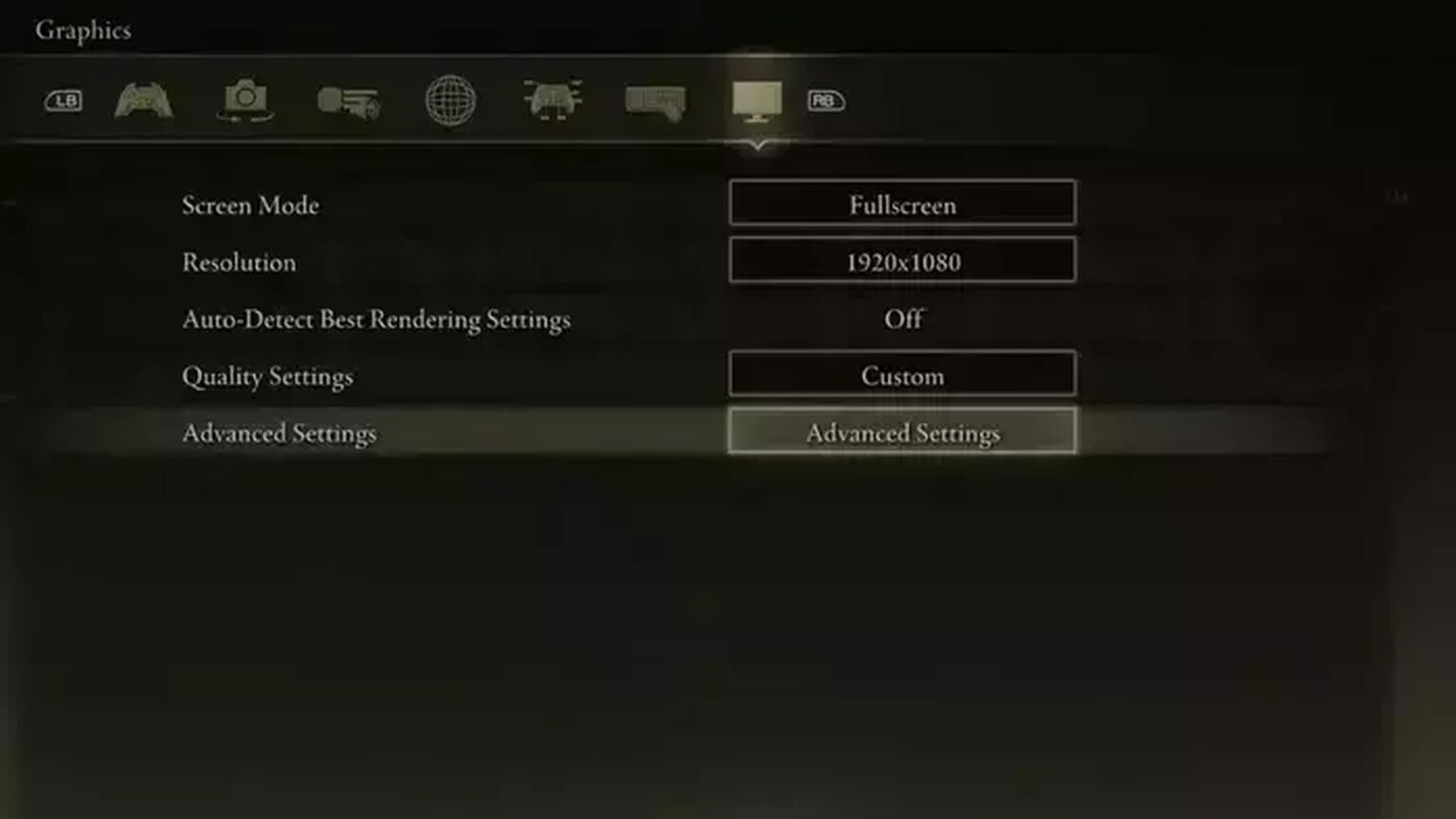
Recommended Display Settings for Elden Ring:
Screen Mode: Fullscreen. By far the best screen mode when it comes to system performance. Borderless is recommended if you are using two monitors and you need to navigate between them, as many streamers do. But if it's not your case, go for the Fullscreen resolution. It's always the best alternative for high performance.
Resolution: Keep it at the native resolution of your monitor, in most cases, that's 1920x1080. It's the standard full HD 1080p. There's no point in going above your monitor's native resolution. If you go below that, the visual quality and fidelity of the game will be severely compromised.
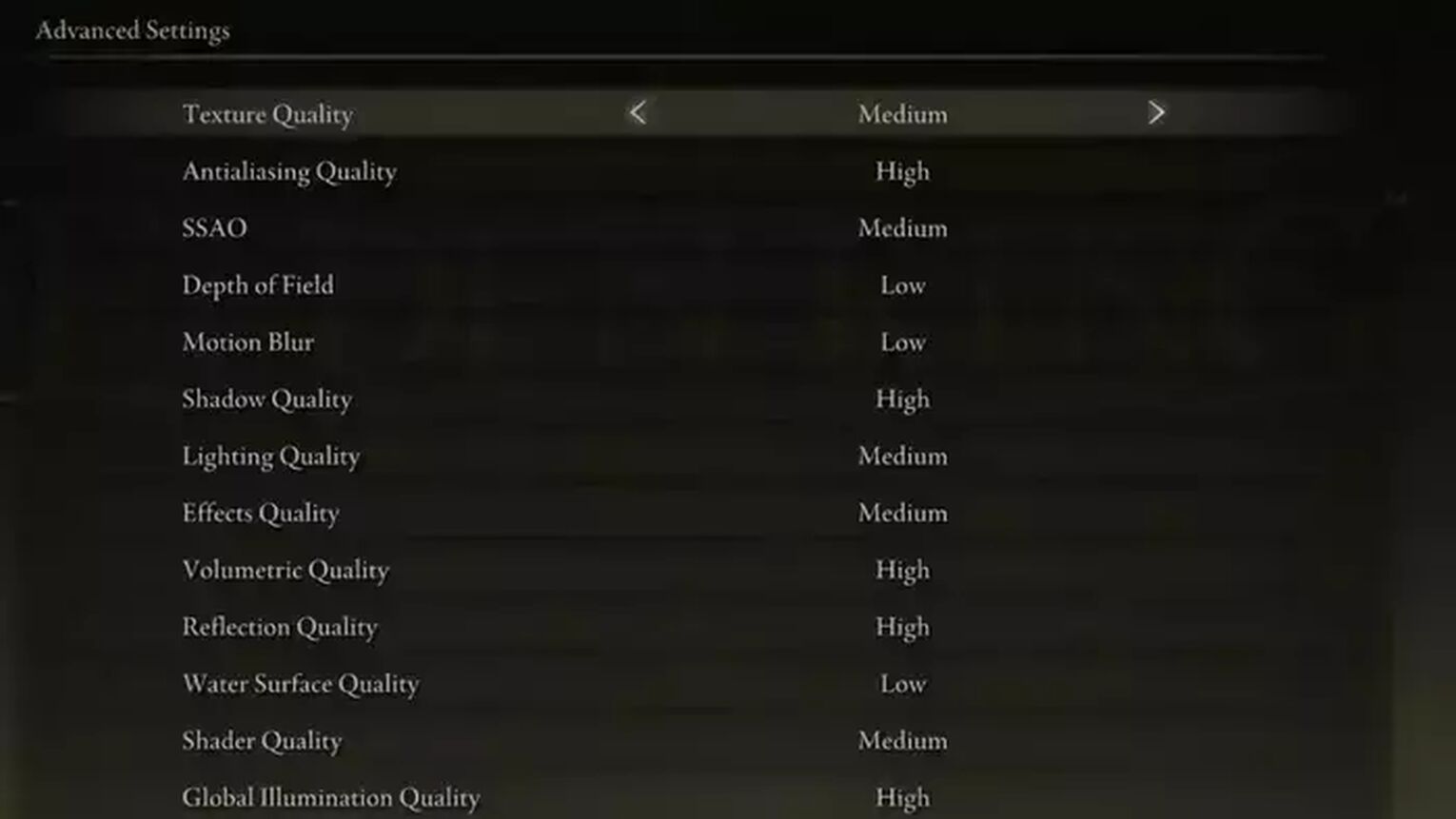
Recommended Graphics Settings for Elden Ring:
Texture Quality: Medium. Texture quality is the most "expensive" option speaking of GPU usage, but it's also the option that brings more visual fidelity overall. Keeping it at Medium is recommended, but if you are still dealing with FPS drops, you can opt for Low to optimize performance.
Antialiasing Quality: Low. Antialiasing Quality controls the sharpness of the game's surfaces. It can consume a lot of GPU memory, causing some performance issues. You can enhance it to Medium or even High if you want more quality over performance.
SSAO: Medium. Screen Space Ambient Occlusion is a visual technique used for many games to minimize GPU usage when dealing with lightning render. You can increase it to High, but the visual quality gain is minimal.
Depth of Field: Off. This setting creates an illusion of visual depth by making the far distance view blurrier. It's more visual pollution than anything, just set it off and move on.
Motion Blur: Off. Like Depth of Field, this option just brings visual pollution and should be turned off. If you prefer a more cinematic experience, you can choose a medium motion blur quality.
Shadow Quality: High. This setting interferes with shadow details. A higher metric makes the shadow lines cleaner, and a lower metric makes it more jagged. It brings a lot of visual fidelity to the game and doesn't ask too much of your GPU.
Lighting Quality: Medium. If you choose a low lighting quality, you will lose a lot of visual fidelity, so keep it at least Medium for a better gaming experience.
Effects Quality: Medium. This controls the particles and visual effects of the game. A balanced option is choosing a medium effects quality, you won't lose visual fidelity, and you will gain some performance.
Volumetric Quality: High. Fogs are very present during the Elden Ring's campaign, and this option doesn't ask too much from your GPU. But if you feel the need for more FPS, you can opt for medium volumetric quality.
Reflection Quality: High. This option usually needs a lot of GPU memory, but that's not the case for Elden Ring. You can keep it high without losing so much in performance.
Water Surface Quality: Low. This option asks for a lot of GPU usage, so make it a priority to keep a low water surface quality. If you turn this option too high, it will cause Elden Ring performance issues to arise.
Shader Quality: Medium. This option controls the amount of information loaded on the game's textures. You can keep it a medium to avoid hitting the limit of your shader cache size.
Global Illumination Quality: High. Global Illumination is a setting that controls the light behavior on all the game's surfaces. It does not have much influence on performance. You can choose a medium global illumination quality to gain a bit more FPS.
Grass Quality: High. This setting enhances the quality of all the foliage materials on the map, things like trees, bushes, and grass. These materials are always present during the entire Elden Ring playthrough and don't ask much from your GPU. You recommend you keep it at high grass quality all the time.
Method #2: Update your Graphic Drivers
Another way to improve your overall performance is to update your graphics card drivers. Sometimes these updates don't happen automatically, so be sure to download the latest graphics driver if you have been dealing with low FPS battling bosses in Elden Ring. Just follow this simple guide to learn how to update your graphic drivers:
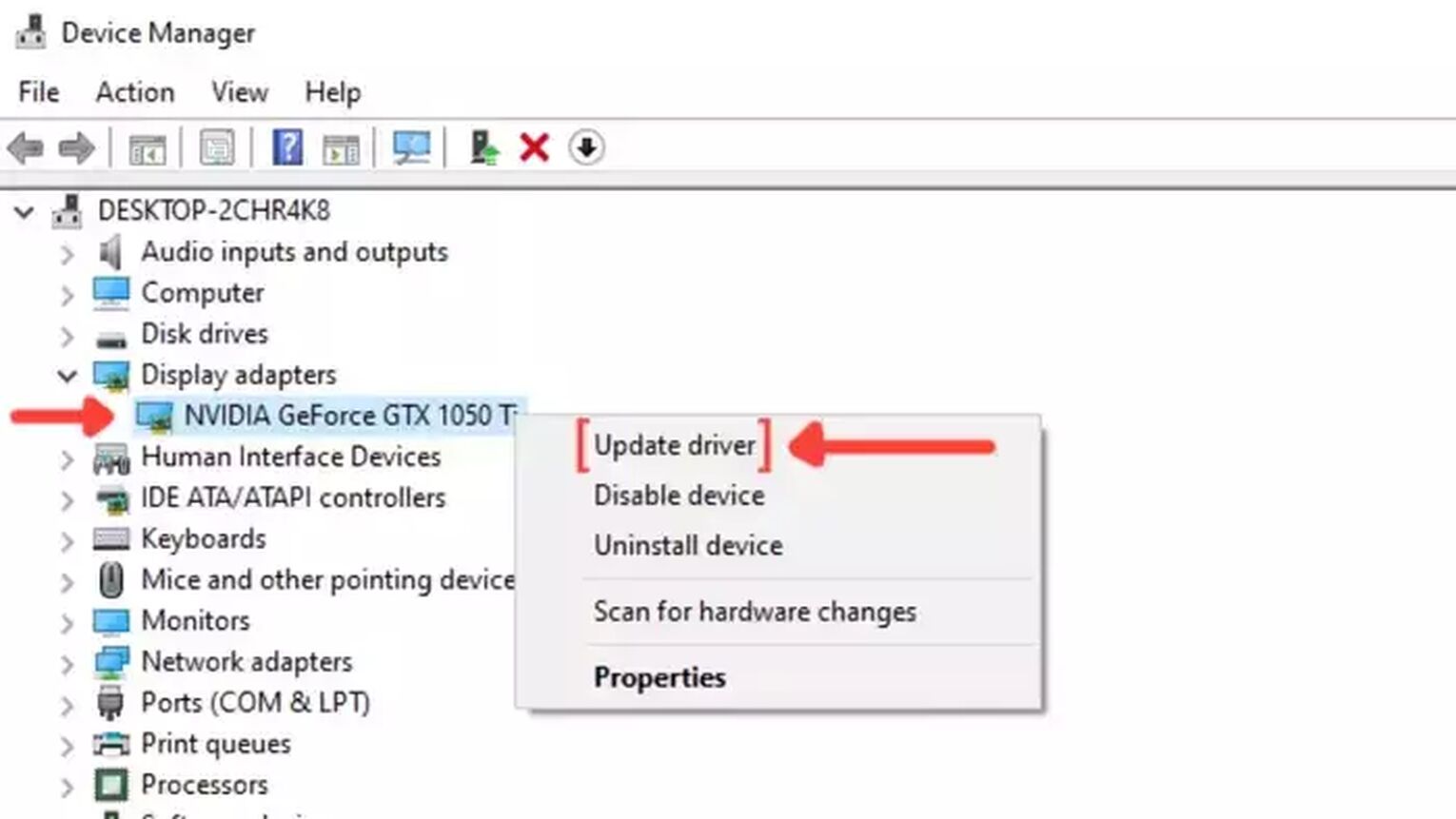
Go to the Windows search bar, search for Device Manager, and hit Enter.
Click on Display adapters to collapse the list, and right-click on the first option. It should be your graphics card name.
Click on Update driver, and choose the Search Automatically for drivers option.
The system will see if you are using the latest drivers of your Network driver. If not, it will automatically download and install the new drivers.
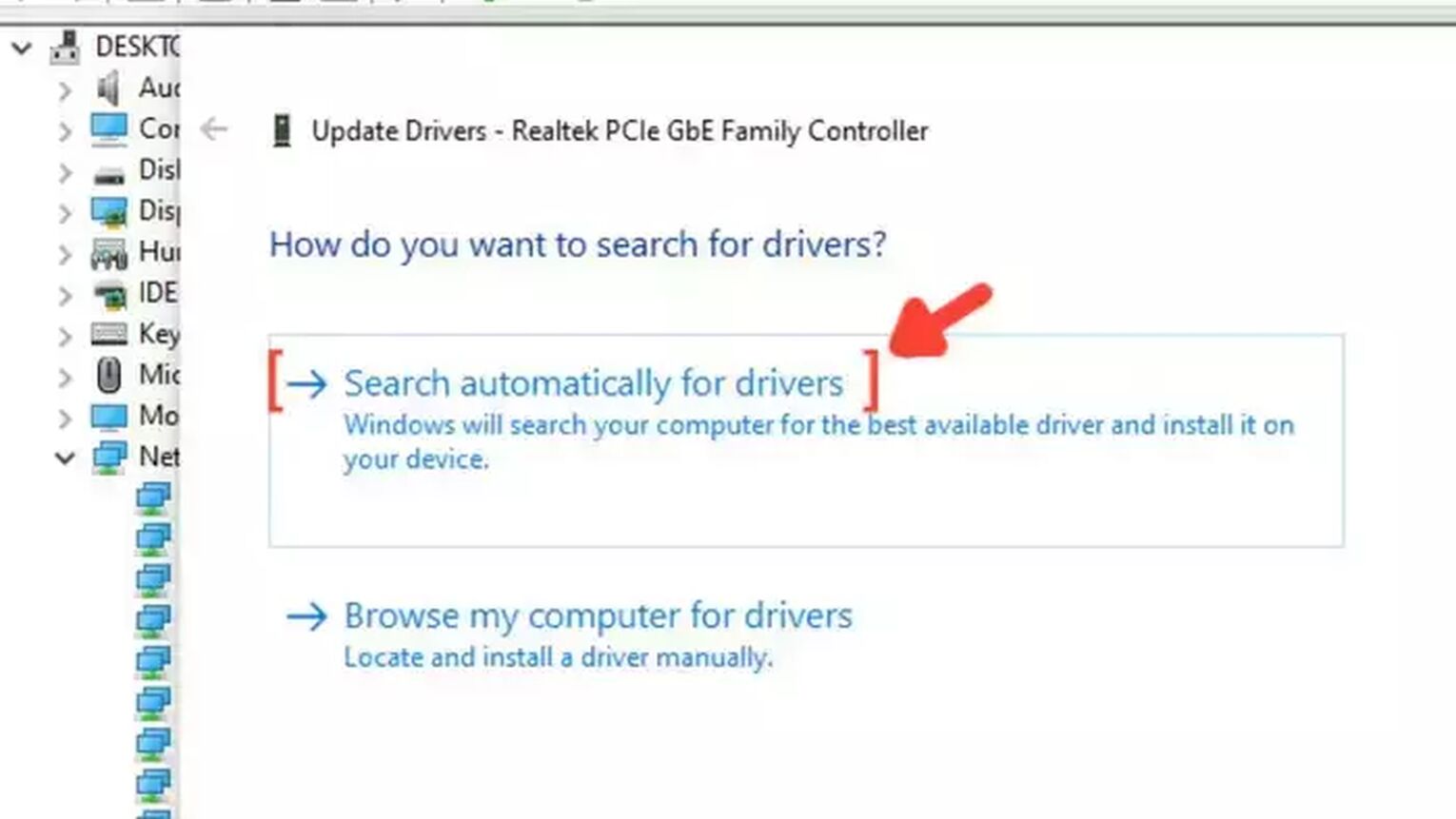
Method #3: Close Background Apps
A simple way of increasing your frame rate is to close all the background apps you are not currently using. Communication apps like Discord and Skype or your internet browser can consume your memory, causing many performance issues. On Windows, you can see the list of apps running in the background in the task manager. Follow this step-by-step guide to know how to close these apps:
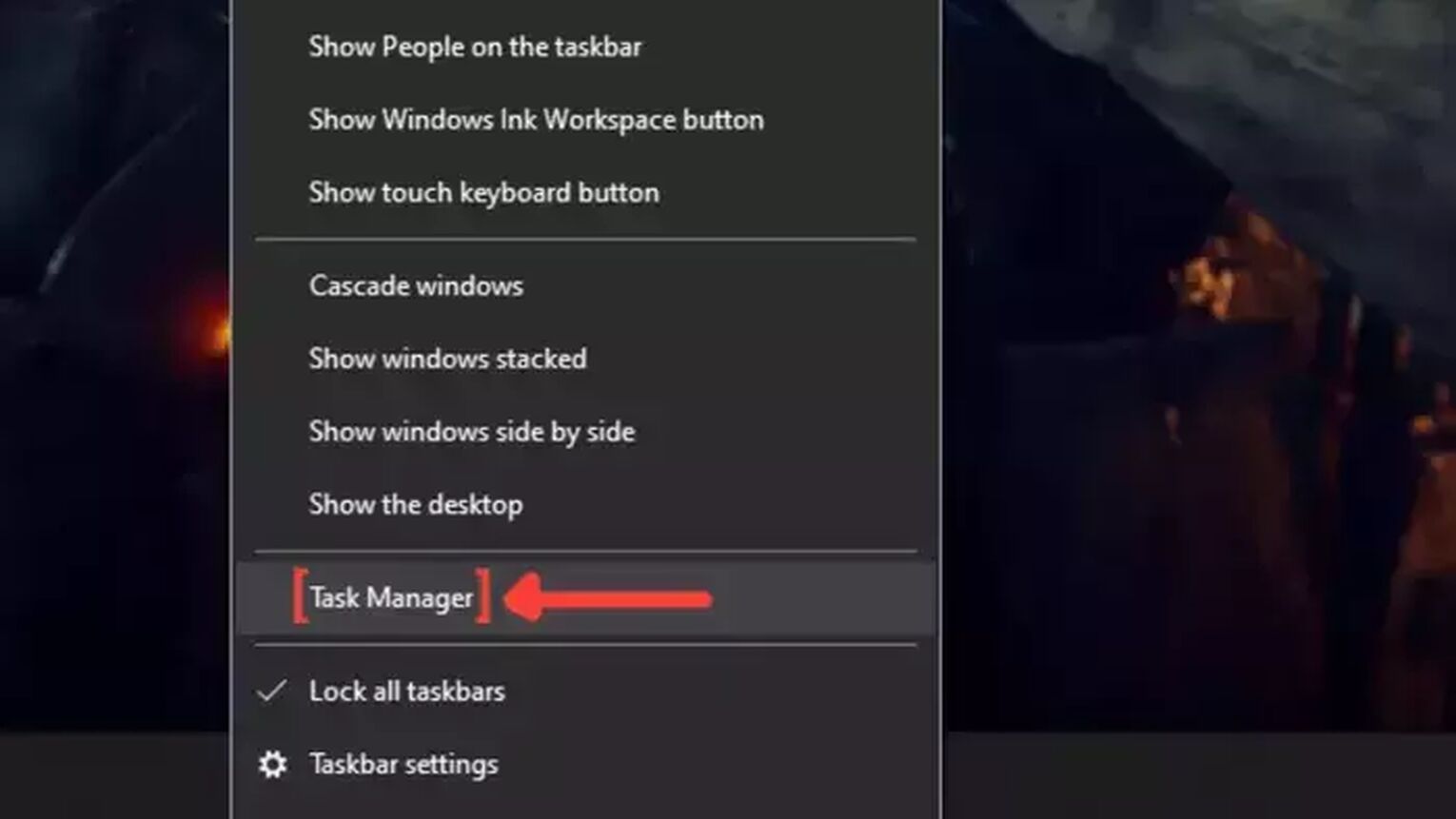
Right-click on the Taskbar, and click on Task Manager.
Click on the Memory column. It will show the apps in descending order, with the ones with more memory usage appearing first. Select the apps that you want to dismiss and click on End task.
Go back to play Elden Ring.
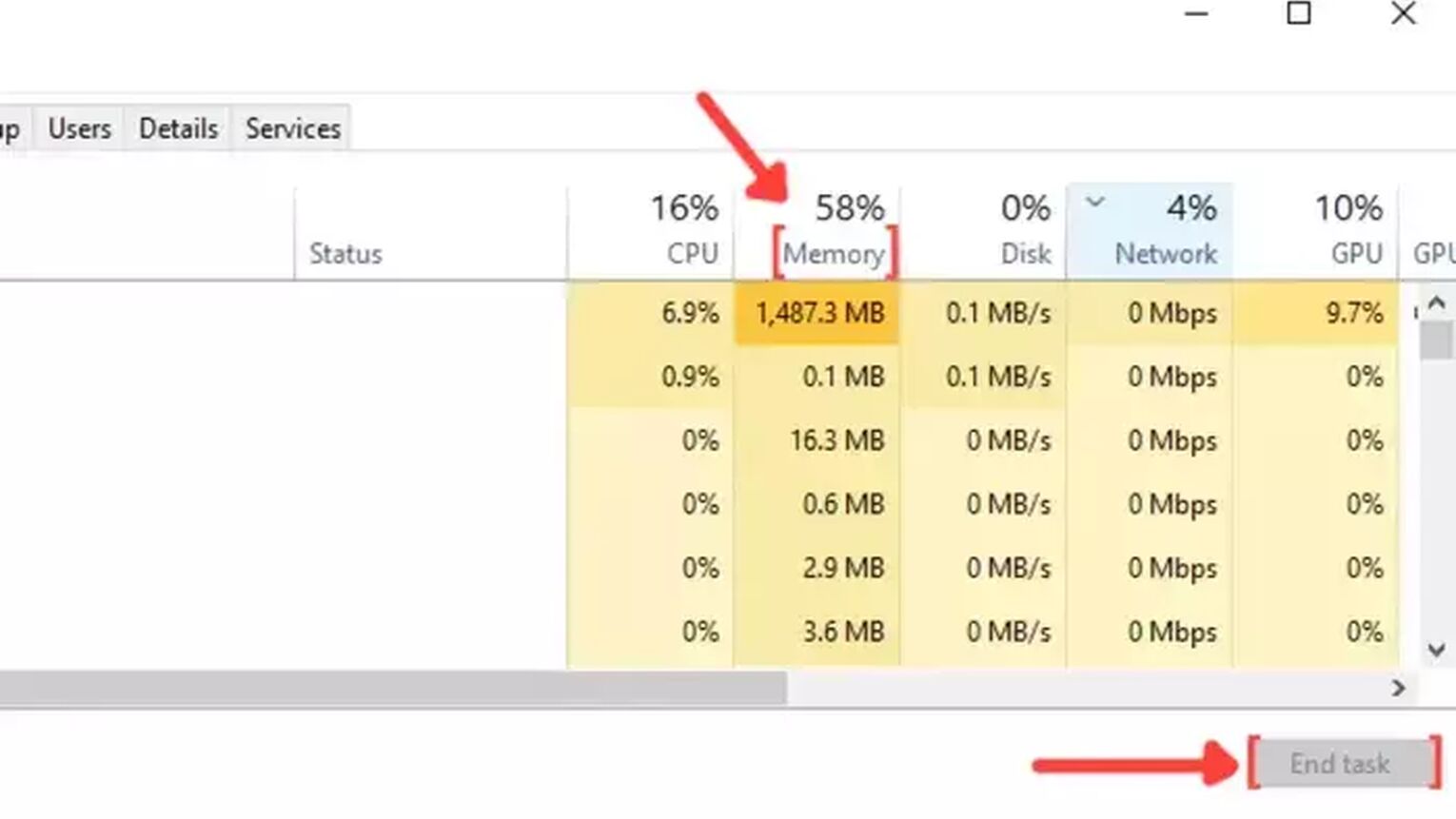
Now, if you want more tips about improving your FPS in any game, check out one of our related articles on how you can improve your FPS in Apex Legends.


.svg)



